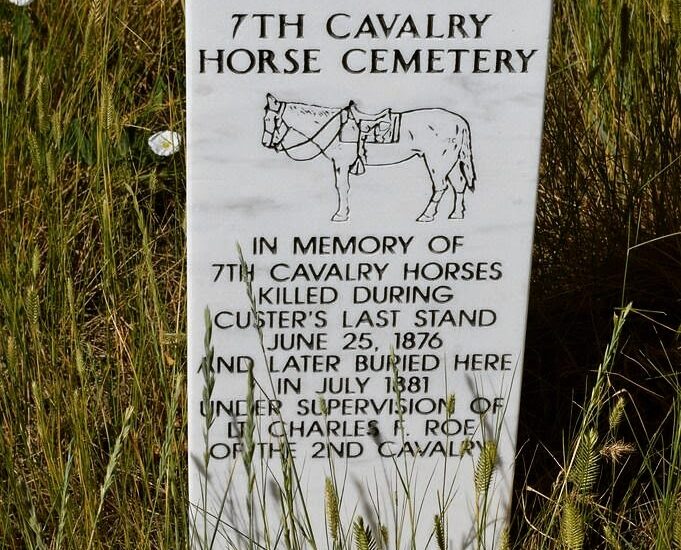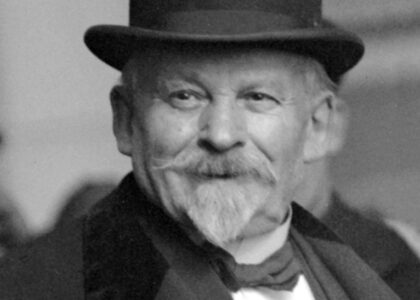Welcome to the Seventh Cavalry Memorial, a poignant historical landmark located near Crow Agency, Montana, USA. This memorial stands as a solemn tribute to the soldiers of the 7th Cavalry Regiment who fought in the infamous Battle of the Little Bighorn, also known as Custer’s Last Stand. The battle took place on June 25 and 26, 1876, and was a pivotal clash between the United States Army and combined forces of the Lakota Sioux, Northern Cheyenne, and Arapaho tribes.
The Battle of the Little Bighorn was part of the Great Sioux War of 1876, a series of conflicts precipitated by the U.S. government’s attempt to force Native American tribes onto reservations. The discovery of gold in the Black Hills led to increased tensions and violations of existing treaties, eventually resulting in military confrontations.
One of the most notable figures associated with the battle is Lieutenant Colonel George Armstrong Custer, a former Civil War hero. Custer led the 7th Cavalry into battle, where he and all the soldiers under his immediate command were killed. This dramatic defeat for the U.S. Army became a symbol of Native American resistance.
Over time, the site has evolved into the Little Bighorn Battlefield National Monument, preserving the memory of both Native American warriors and U.S. soldiers. The memorial includes the Custer National Cemetery, where veterans from various conflicts, as well as Native American scouts and civilians, are laid to rest. In 1999, red granite markers were added to honor the Native American warriors who fell during the battle, acknowledging their crucial role in history.
Beyond the battlefield, the Seventh Cavalry Memorial is a reminder of the complex and often painful history of westward expansion and the struggles of Indigenous peoples. It invites visitors to reflect on the sacrifices made and the enduring impact of these events on American history.






